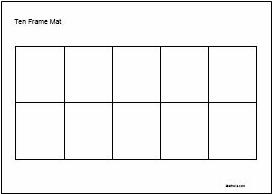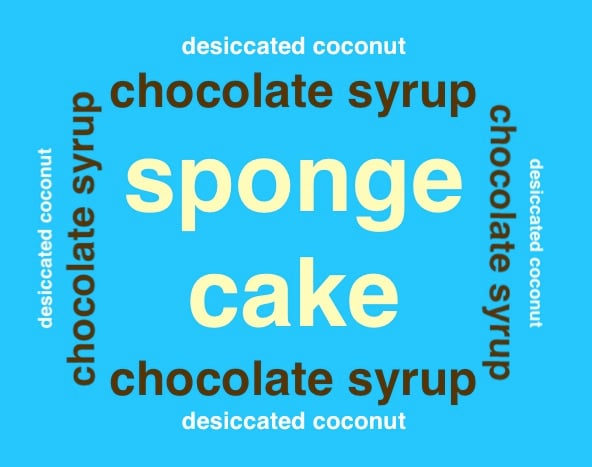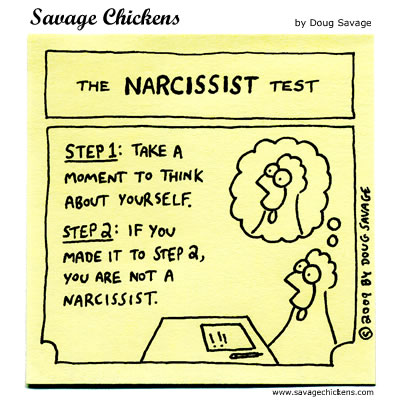As part of our curriculum renewal around the subject of mathematics, we had a pupil free day that brought author of "Teaching Primary Mathematics", George Booker to our school. As Australian schools move towards the new Australian curriculum, it was a very illuminating day to spend the day with someone who is one of Australia's foremost experts on primary Maths education. Like most days like this, I had grand plans to capture all of my learning on my laptop but a blend of flagging concentration together with frequent hands on activities meant those good intentions trailed off.
The summary for the day went as follows:
This workshop will focus on the number strand, providing a conceptual overview to the processes and knowledge that constitute numeration and in turn underpin computation. Practical activities will focus on the development of concepts and processes and the sequences of development that best produce understanding and proficiency. As well as being important in themselves, these ideas are crucial to building number sense and an ability to solve problems and communicate with and abut mathematics.
George pointed out that his work has been influenced by the work of Jeremy Kilpatrick, referring to his book "Adding It Up".
He firstly posed to us the question, "What is subtraction?" We discussed this in our groups coming up with phrases like "taking away", the "difference", and even "minus". George pointed out that we don’t tell enough stories about Mathematics. All through his morning session he kept making reference to historical events and famous mathematicians, pointing out that it all adds context to what the students are learning. My colleagues and I kept smiling at all the common mentions that connected to the documentary "The Story Of One" we had been watching with our classes over the past week or two. He also pointed that the language we use with the Mathematics classroom matters as well. If we use the terms “plus” and “minus” then we are leading kids away from mathematical concepts. This also means no more references to the traditional four operations - the Aust’n Curriculum now talks about additive thinking and multiplicative thinking and that we need more people to get to the higher level of mathematics. George also pointed out that division is the easiest operation of all but possibly the worst taught...
He took us through all of the concepts he believed should be taught from the Foundation stage (known as Reception in South Australia, but Prep in other states) through the junior primary years. Number and Algebra should take up 60% of what is taught during Mathematics lessons as a solid base in number is key to success in other areas like Geometry, Probability and Statistics. Numeration is understanding the numbers we work with and their properties. George also pointed how to prepare effectively for NAPLAN tests. He didn't advocate "teaching to the test" but emphasised that our students need to know the concepts that are being tested. Firstly, take the bubbles off the questions and get students to work only on the problem. Don't just get last year's question and give that to your class but ensure that you also provide more than the one example. He wisely pointed that only a very few students can get a concept from one example. Finally, put up six bubbles including one for “I don’t know” and “I got a different answer” as well as the 4 regular options. The point is not to get the right answer but to find out what the student is thinking.
When building the foundations, we start with materials in order to see patterns, before introduction to symbols.What turned so many people off from mathematics is being “symbol-minded” in our teaching. An essential skill for students is being able to see amounts without counting - known as subitising. What is a number? We always start with digits 0 to 9, using the ten frame pattern as a useful tool.

http://mathwire.com/strategies/matspv.html
George also emphasises thinking and representing numbers in doubles to aid in subitising. This looks like this:

Not like this:

This arrangement forces the student to count each counter individually and does not develop the ability to subitise, while the upper frame clearly shows two equal amounts of four, that can be doubled to eight. Even if it were seven, it could be seen as two amounts of three then add the one remaining which is still embedding a greater sense of number in the student. We also spent quite a lot of time on place value, using popstick bundles and popsticks that students could easily manipulate and "rename" from tens to ones, and back again. He talked us through the correct processes for addition, subtraction and pointed out the phrase "borrowing" or "converting" was just fuel for confusing students - keep it simple and "re-name".
All through the day, he kept referring to the four strands coming from the Jeremy Kilpatrick text. Mathematics has four stage for students to develop in order - (i) conceptual understanding, (ii) fluency, (iii) problem solving and (iv) reasoning. Now, I've only scratched the surface of the day but I'm sure as I delve into his book "Teaching Primary Mathematics", more of what was covered will come to light. In the afternoon, he covered place value for large numbers and linking numeration to computation. A couple of the remnants that surface from my brain include:
Don’t teach rounding off until students can handle 4 digit numbers.
Short division = shortcut to disaster division!
George Booker recommends playing lots of number games to develop fluency, many of them with dice and simple charts.He also showed us through his own CD-ROM games which were developed over five years ago. Now I can never be sure what kids will find engaging, especially as my own sons find some very bizarre and seemingly simplistic games on the web that they find enthralling but gaming graphics and game design moves pretty fast. Some of the games reminded me of animated clip art, and I found myself wondering if George wouldn't benefit from a conversation or ten with Dean Groom to marry the essential maths content to something kids would recognise in 2011 as being game-like. Now that would be something to use in your 1 to 1 classroom!
As we move from our SACSA Maths curriculum (which he posited could not have been written by mathematicians) George mentioned that he was very pleased with Australian Curriculum and things that have been included for the first time explicitly like rounding off decimal numbers. With that recommendation, our staff have the blueprint now to see how mathematical concepts should develop throughout the primary years, a sound "bible" to refer to and a common pathway to reform our own practice effectively.








